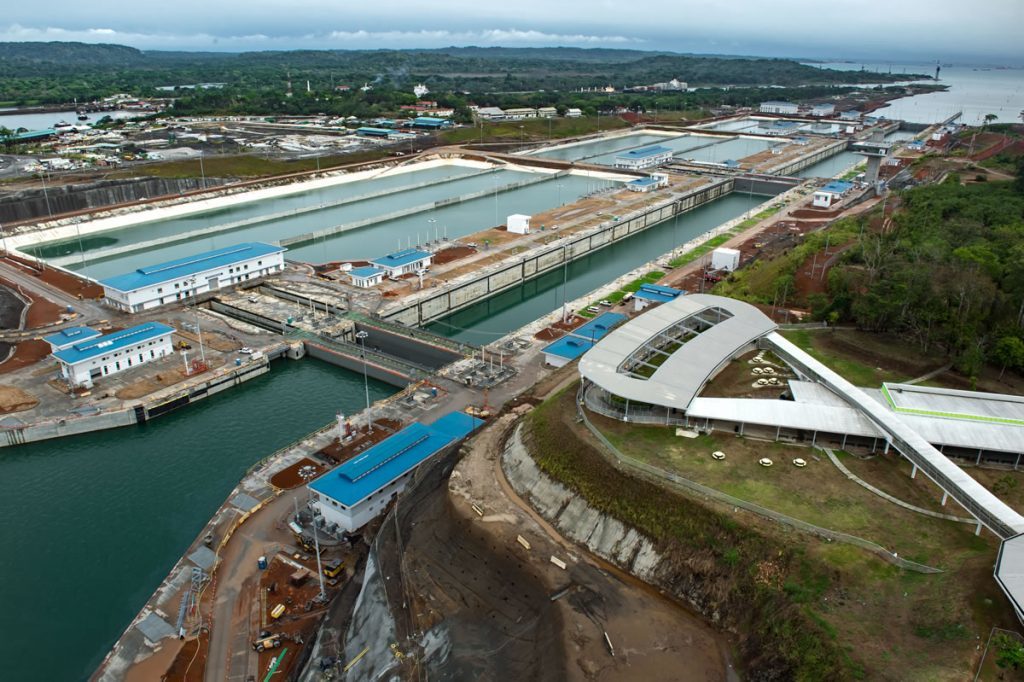
The expansion of the Panama Canal is unlikely to affect oil and petrol flows according to the US Energy Information Administration.
The Panama Canal Authority, the body that operates the Panama Canal, will inaugurate a third set of locks, which will allow for the transit of larger ships on Sunday.
It’s the first such expansion since the canal was completed in 1914.
“With the exception of U.S. propane exports, the expansion of the Panama Canal is not likely to drastically affect crude oil and petroleum product flows,” the EIA said today.
The canal expansion involved deepening and widening certain portions of the canal and constructing an additional, larger set of locks. Unlike the old lock system, which has two lanes of side-by-side traffic, the new set of locks will be one large lane and allow four transits per day, supplementing the 25 daily transits using the older lock system.
The wider and deeper navigation channels and larger locks allow for the transit of larger vessels through the canal, which links the Atlantic and Pacific Oceans.
The maximum vessel dimensions in the old lock system, known as Panamax vessels, limited tankers to those of approximately 300,000 to 500,000 barrels of capacity of petroleum products like gasoline and diesel fuel. The newer lock systems allow for the transit of larger Neopanamax vessels, with estimated petroleum product capacities of 400,000 to 600,000 barrels.
The economics of shipping crude oil and petroleum products improve as the size of the ship increases along with distance traveled. Crude oil typically is loaded on vessels classified as Very Large Crude Carriers (VLCC) or Ultra-Large Crude Carriers (ULCC), both of which are too large to transit the Panama Canal fully laden, even through the new locks.
Petroleum products are typically loaded on several smaller vessels, some of which can transit the existing and new canal dimensions, depending on a ship’s hull design and restrictions on depth in water (draft). This means that most of the petroleum-related traffic through the canal will be petroleum products rather than crude oil.
Previously, the size limitations of the canal created logistical bottlenecks for U.S. propane exports to reach markets in Asia, forcing shippers to perform ship-to-ship transfers.
The new, larger Panama Canal locks will allow most Very Large Gas Carriers (VLGC), the type of ship that carries propane and other hydrocarbon gas liquids (HGL), to transit, likely reducing or even ending the practice of ship-to-ship transfers.
Recommended for you
